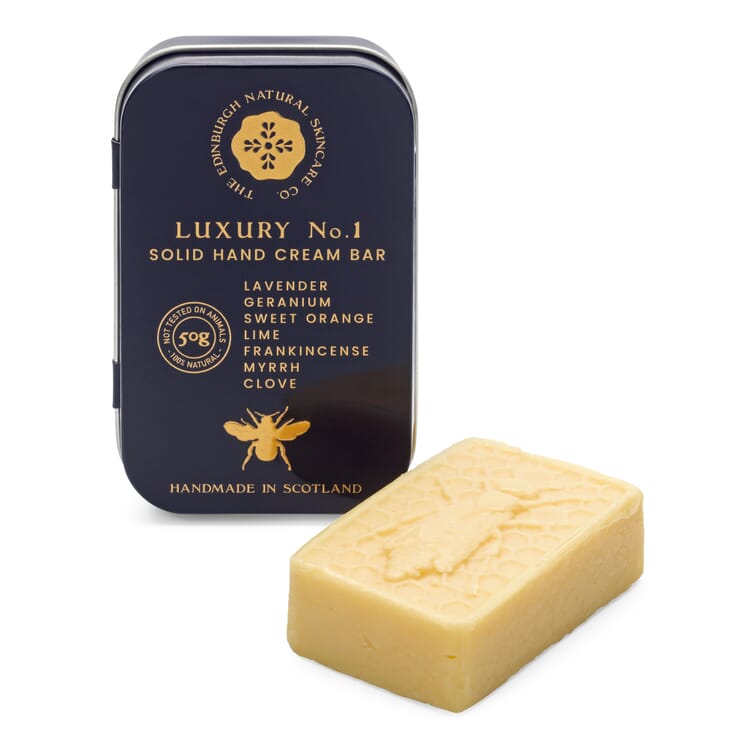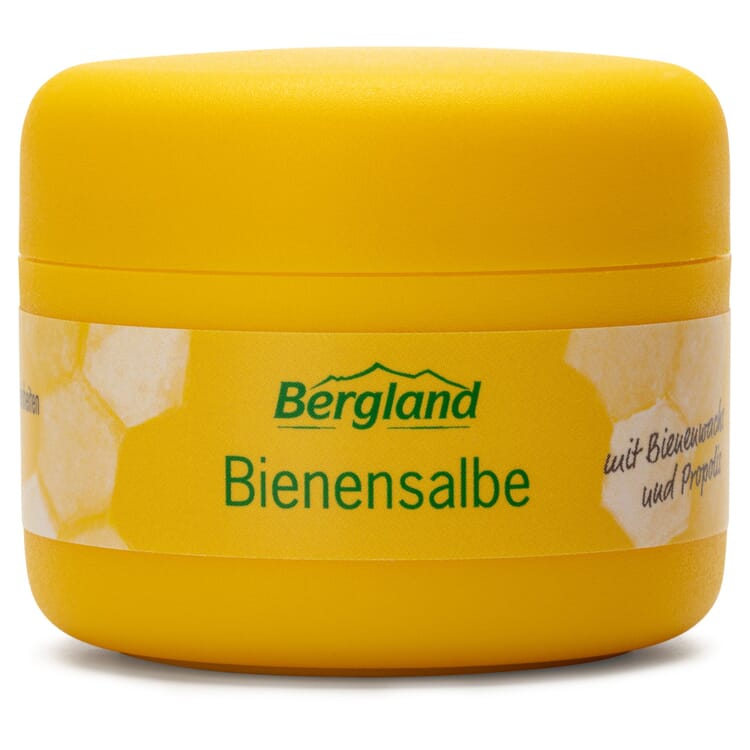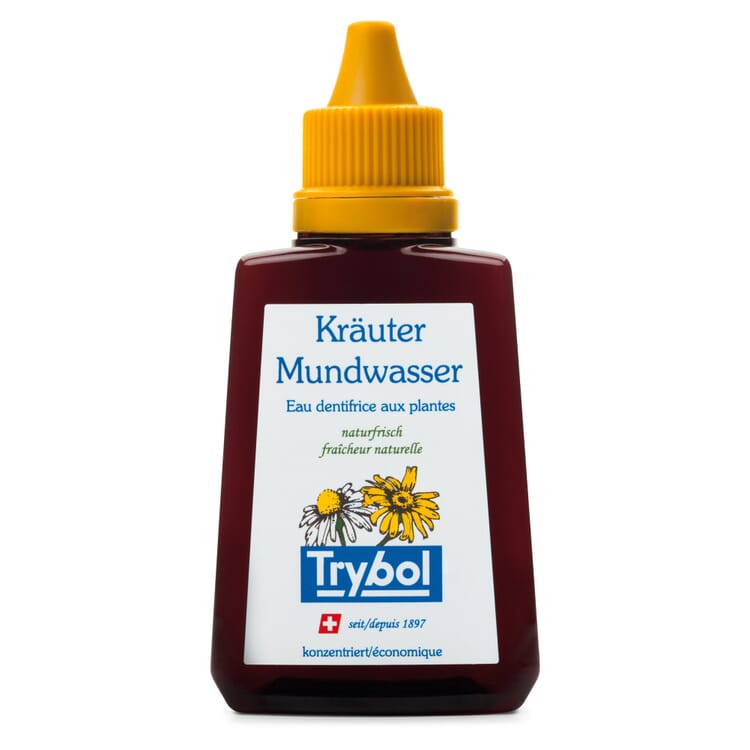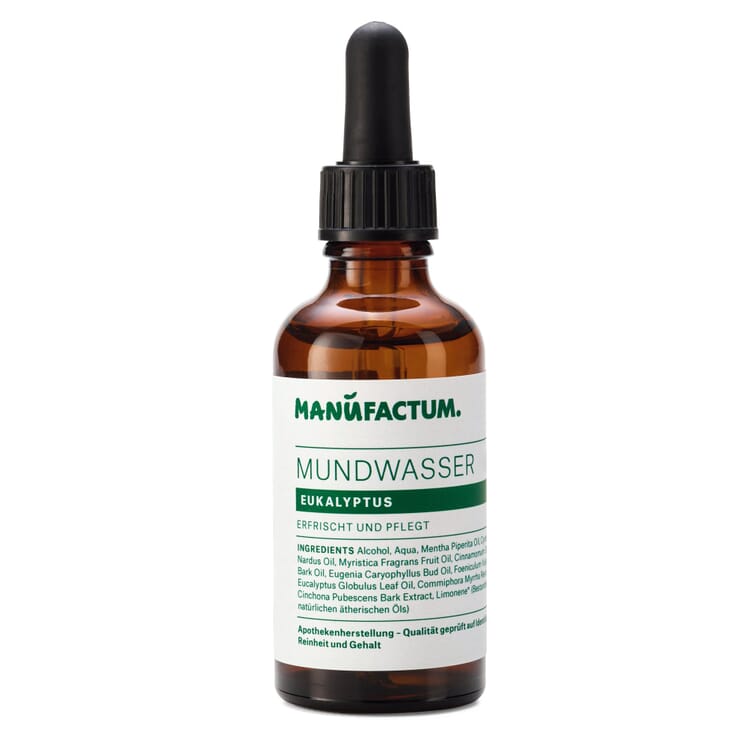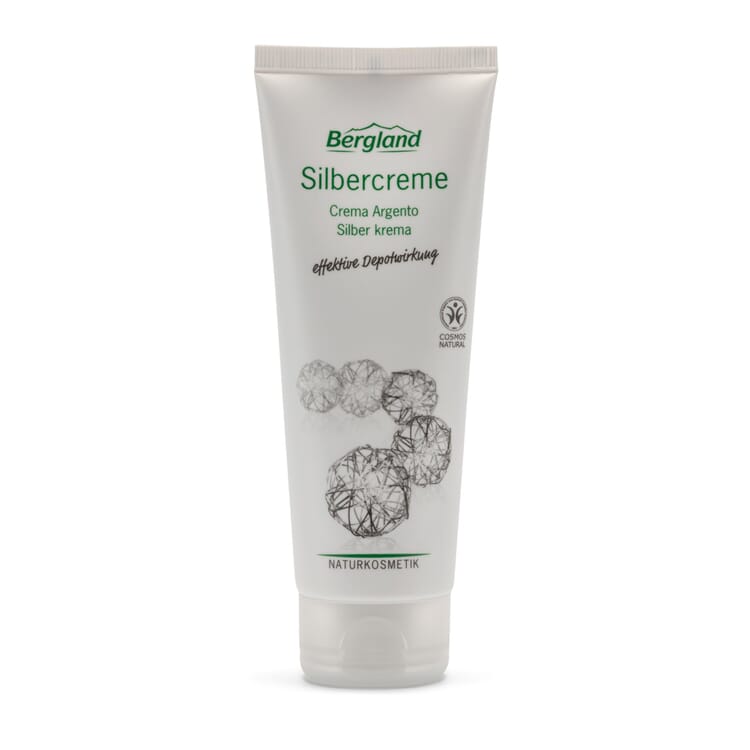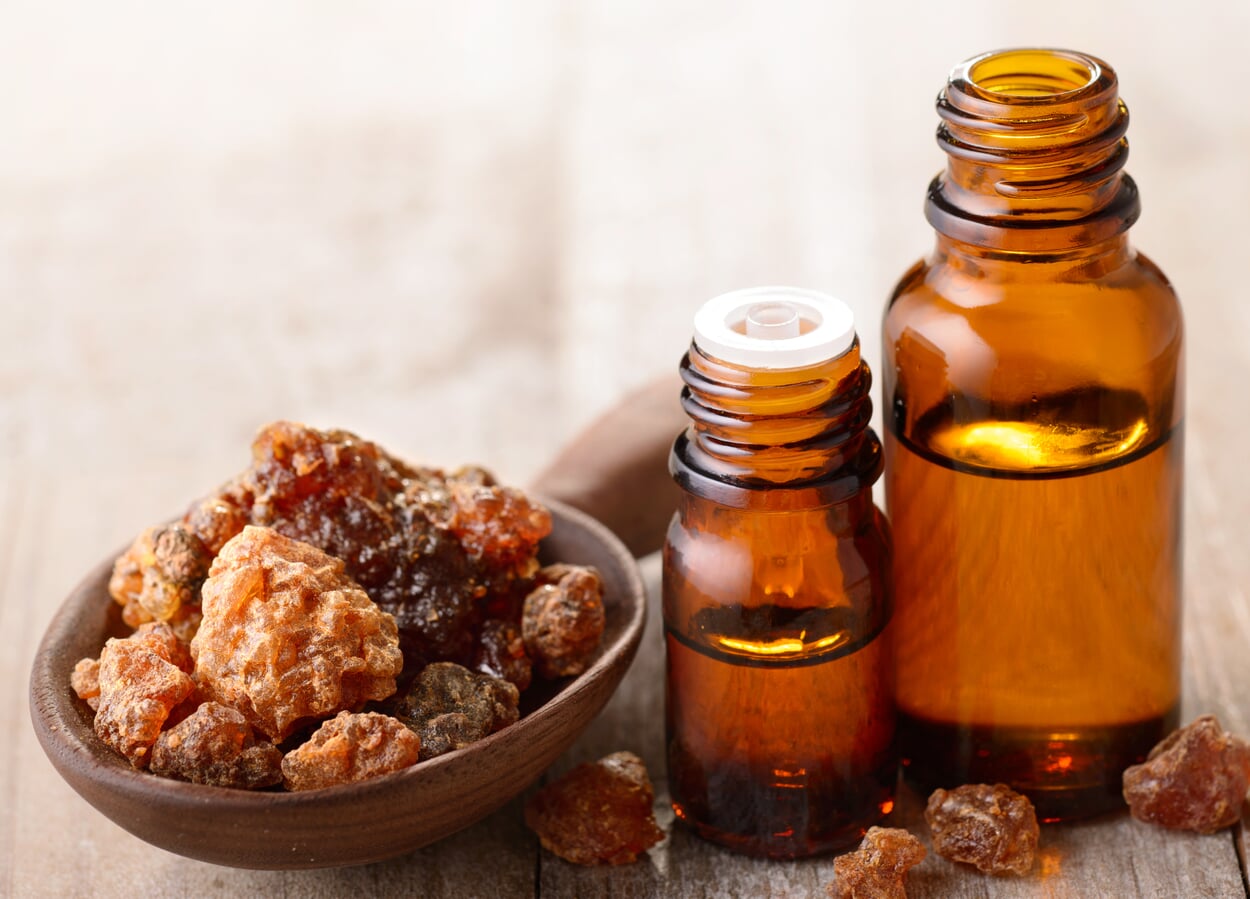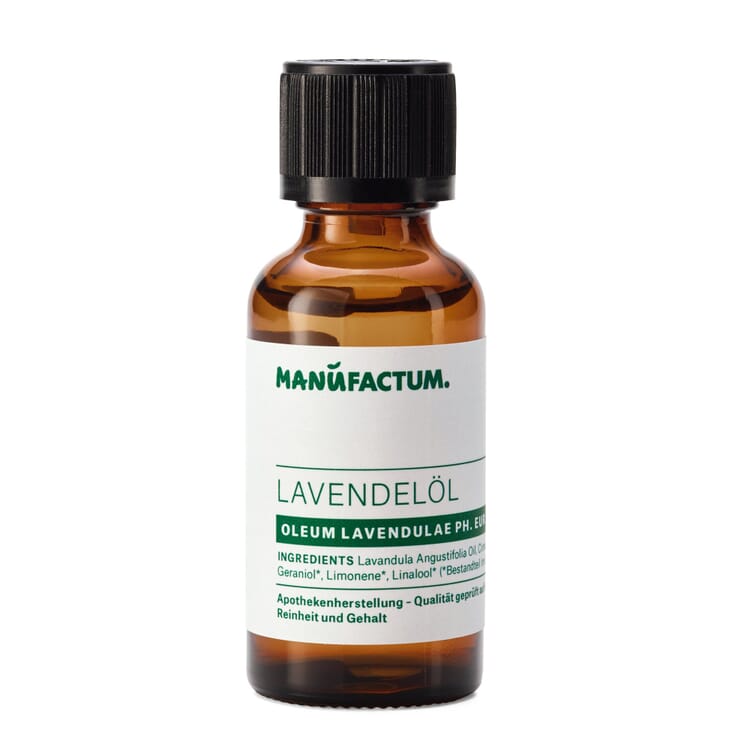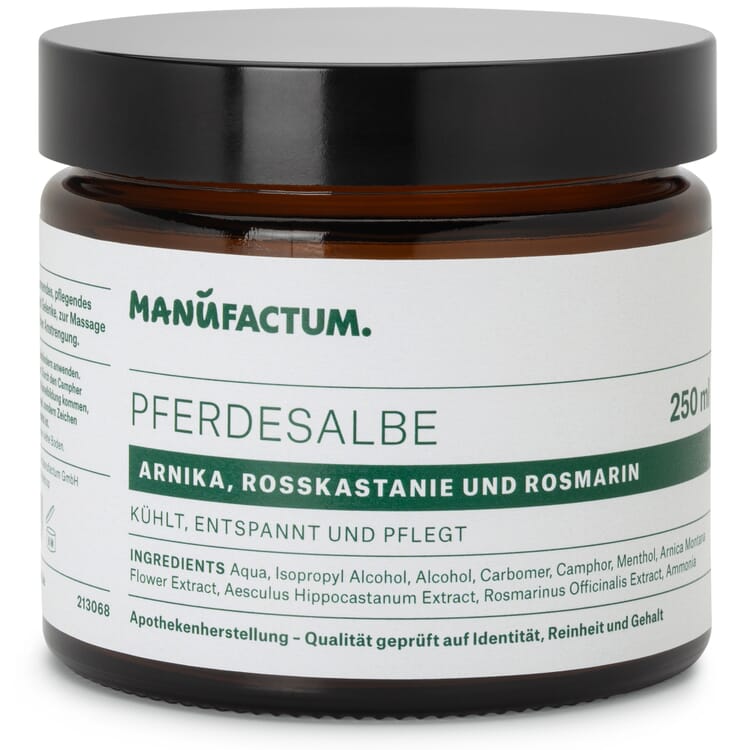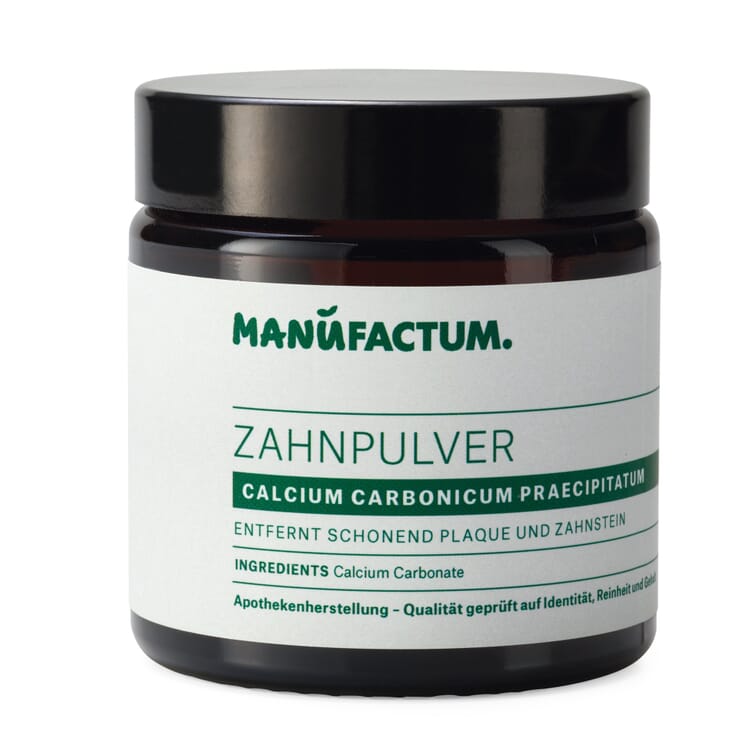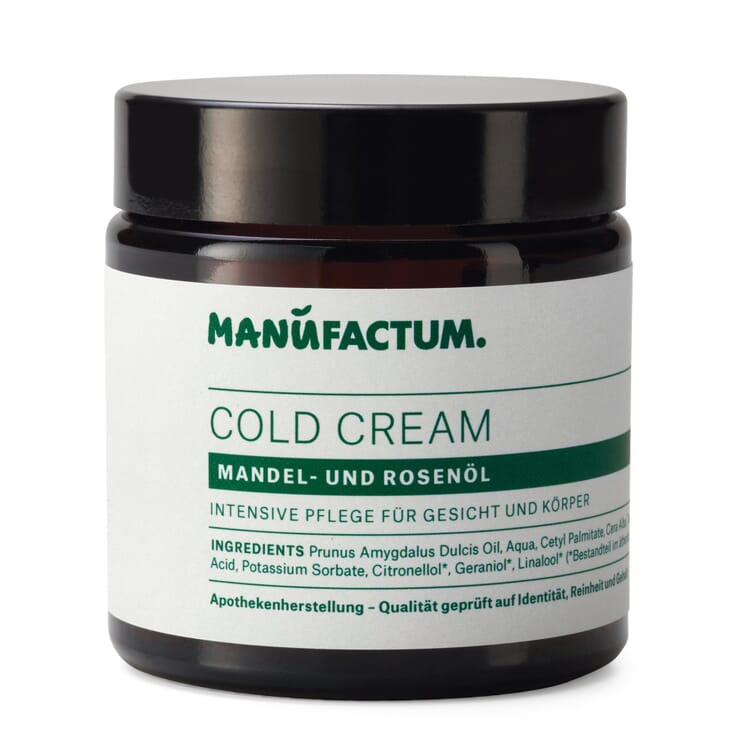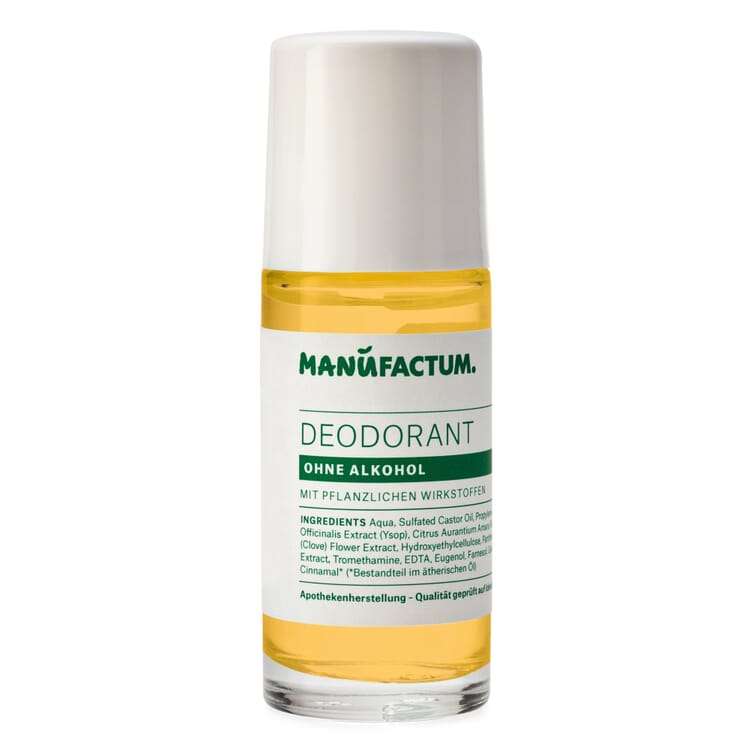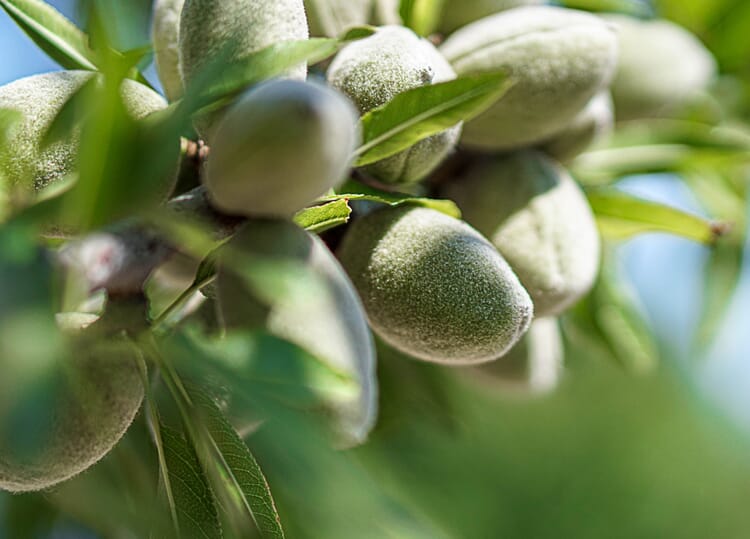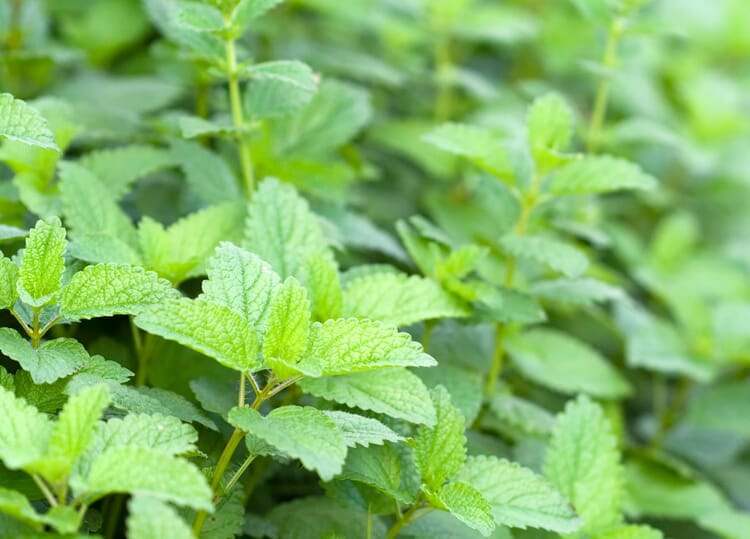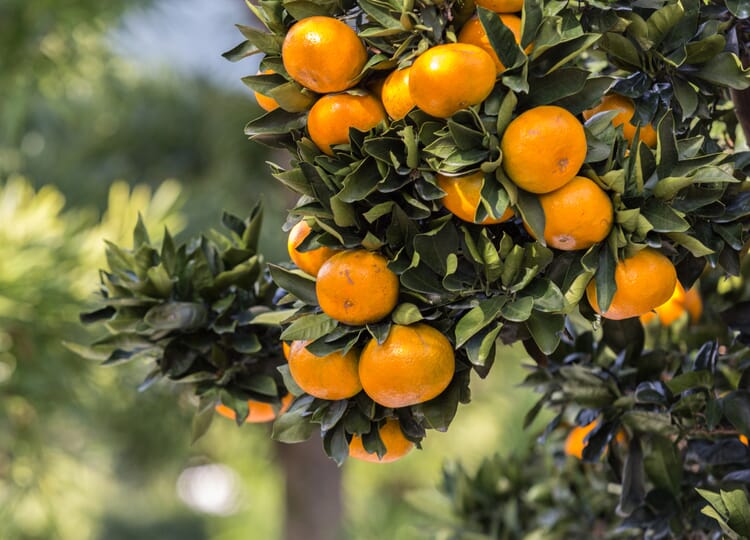Medicinal plants A|B|C
Myrrh (Commiphora myrrha)
The gnarled and with pointed thorns provided Myrrhe belongs to the balsam plants and grows in shrub or tree form. It grows only a few meters high and is well adapted to the dry scrubland of its native land: Its leaves are very small and appear just before the beginning of the rainy season, together with the pendulous flower panicles. The smooth and thin bark is cracked and flakes off in small shreds.
Origin and cultivation.
The home of myrrh are the countries of northeast Africa and Arabia around the Red Sea. Myrrh spontaneously exudes milky sap from its bark, which soon dries up on the bark surface to form irregular, light yellow to redbraungum resin clumps that can be collected. If the bark is scratched, up to four kilos of solidified gum resin can later be collected from the trunk and branches of a single tree. The highest quality, however, is achieved by lumps of resin that have been formed without prior injury to the bark. Traded myrrh comes mainly from Sudan and Yemen, as well as from Eritrea and Somalia.
Ingredients.
Not only the cultic significance, but also the anti-inflammatory, astringent and wound-healing effect has made the myrrh resin a precious commodity already in ancient times. It smells aromatic; if it is put in the mouth, it itches the throat and tastes very bitter due to the bitter substances it contains. Water-soluble gum makes up about two-thirds of the resin lumps; after its removal, the pure resin remains, which is used pharmaceutically. Three to six percent of it consists of essential oil, which is responsible for the sweet-spicy scent of the resin.
Products with myrrh
Use of myrrh.
- Mouth rinses with myrrh have a disinfecting and astringent effect and are used for mild inflammation of the gums and the mucous membrane of the mouth and throat. Myrrh also relieves the symptoms of pressure points caused by dentures
- Externally, myrrh is used locally to disinfect small wounds and abrasions. It has a hemostatic effect and promotes scarring.
- When used internally, myrrh has an antispasmodic effect and is therefore used for intestinal disorders.
- Because myrrh resin fixes other scents, it is added to perfumes.
- Myrrh is an essential ingredient of the paper dʼArménie. The paper strips impregnated with styrax, myrrh and frankincense resin neutralize annoying odors when burned. For over 120 years they have been produced in unchanged form in a French family business
- There are other Commiphora species whose resin is also used.
Exclusive Manufactum body care products
Recommended Topics
Almonds grow in shrub or tree form and reach a height of three to eight meters. Their pink blossoms can appear as early as the end of January - but there must be no frost by then. In midsummer, the velvety-haired fruits ripen, their usually rock-hard kernel protecting the seed - the actual almond. It takes a lot of strength to get to the almond; only in the case of the so-called cracked almonds can the kernel be cracked relatively easily and the hammer can remain in the drawer.
View moreThe citrus-scented lemon balm shrub grows up to 80 centimeters high and 30 years old. Once the lemon balm has found a sunny, wind-protected spot in the garden, it reliably sprouts again and again and forms small white lipped flowers from June to August. Its name is well chosen, because Melissa is "honey bee" in Greek; in ancient times the plant was cultivated as a pasture for bees, and today's beekeepers prevent their bee colonies from swarming by rubbing the hive with lemon balm leaves.
View moreThe orange trees grow up to 10 meters high with a short trunk and compact crown. They produce flowers and fruits at the same time - the combination of the dark green foliage, the small white flowers, which are fragrant for a long way, and the bright orange fruits is particularly attractive. The green fruits turn vivid orange only when night temperatures drop below 17 °C.
View more


